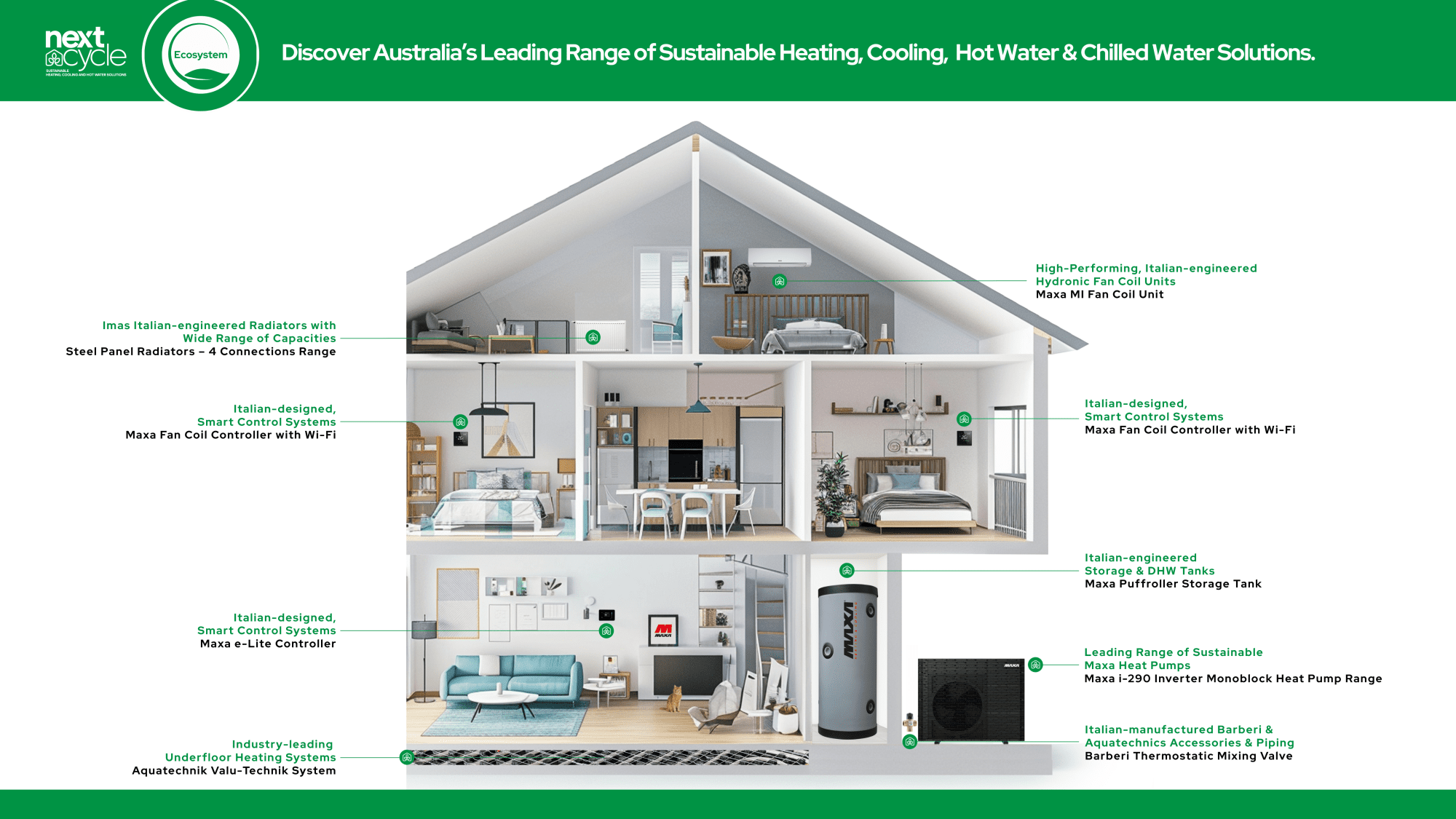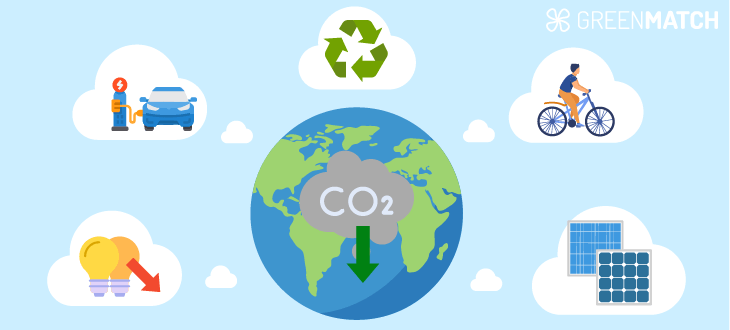Our planet faces many problems. One big problem is climate change. Many things cause climate change. One main cause is carbon emissions. Carbon emissions come from burning fuel and using energy. We need to use less energy. Smart homes can help us do that.
Smart home ecosystems use technology to control things in the house. They can control lights, heating, cooling, and appliances. These systems can save energy. When we save energy, we reduce carbon emissions. This means we help the earth.

Credit: smartlifestyleaustralia.com.au
What Is a Smart Home Ecosystem?
A smart home ecosystem is a group of devices connected to work together. They can talk to each other and to you. You can control them with your phone or voice. Examples include smart lights, smart thermostats, and smart plugs.
These devices learn your habits. They can turn off when not needed. This stops wasting energy. Using less energy means less carbon footprint.
How Smart Homes Save Energy
Smart homes help save energy in many ways. Here are some key ways they do it:
- Automatic Lighting Control: Lights turn off when no one is in the room.
- Smart Thermostats: They keep the house warm or cool only when you need it.
- Energy Monitoring: You see which devices use the most power and fix the problem.
- Smart Appliances: They run at the best times to save energy.
- Remote Control: You can turn off devices even if you are not home.
Automatic Lighting Control
Lights use a lot of energy. Many people forget to turn off lights. Smart lights can fix this. They have sensors to detect if someone is in the room. If no one is there, lights turn off automatically.
This simple step can save a lot of electricity. It reduces the use of power plants. Fewer power plants mean less carbon emissions. That helps the environment.
Smart Thermostats Save Heating and Cooling Energy
Heating and cooling use most energy in homes. Smart thermostats learn your schedule. They lower heating or cooling when you are away. They start working before you come home. This keeps you comfortable without wasting energy.
Less energy use means less carbon footprint. You also save money on energy bills. It is good for you and the planet.

Credit: nextcycle.com.au
Energy Monitoring Lets You See Waste
Smart home systems show how much energy you use. You can see which devices use too much power. This helps you find problems. Maybe a fridge is old and uses too much electricity. You can fix or replace it.
Knowing your energy use helps you make better choices. It leads to less energy waste. This lowers carbon emissions from power plants.
Smart Appliances Work at Best Times
Some appliances use a lot of power. Washing machines, dishwashers, and dryers are examples. Smart appliances can run when energy is cheapest and cleanest. For example, they run at night when demand is low.
Running appliances at these times helps reduce the carbon footprint. Power plants can work more efficiently. This lowers pollution and helps the environment.
Remote Control Saves Energy Anytime
With smart homes, you control devices from anywhere. Forgot to turn off the heater? You can do it on your phone. This stops wasting energy when you are away.
Remote control gives you power to reduce energy use anytime. It helps prevent unnecessary carbon emissions every day.
Smart Home Ecosystems and Renewable Energy
Many smart homes use solar panels or other renewable energy sources. Smart systems can store extra energy and use it when needed. This reduces the use of fossil fuels.
Smart homes can also share energy with the grid. This helps balance energy supply and demand. It lowers the need for coal or gas power plants. This means less carbon dioxide in the air.
Benefits of Reducing Carbon Footprint with Smart Homes
Using smart home systems has many good effects. Here are some benefits:
| Benefit | Explanation |
|---|---|
| Lower Energy Bills | You use less electricity, so your bills go down. |
| Less Pollution | Using less energy means fewer harmful gases in the air. |
| Better Comfort | Smart systems keep your home comfortable without waste. |
| Increased Home Value | Smart features make your home more attractive to buyers. |
| Support for Clean Energy | Smart homes work well with solar and wind power. |
Simple Steps to Start Using Smart Home Ecosystems
Thinking about making your home smart? Here are easy steps to start:
- Choose a smart speaker or hub to control devices.
- Replace old lights with smart LED bulbs.
- Install a smart thermostat for heating and cooling.
- Use smart plugs to control small appliances.
- Download apps to monitor and control energy use.
Start small and add more devices over time. Every step helps reduce your carbon footprint.
Frequently Asked Questions
How Do Smart Home Ecosystems Lower Energy Use?
Smart homes control lights, heating, and devices automatically to save energy daily.
Can Smart Homes Help Reduce Carbon Emissions?
Yes, by using less electricity and optimizing energy, they cut carbon emissions.
What Smart Devices Save The Most Energy?
Thermostats, smart plugs, and LED lighting are top energy-saving devices.
How Do Smart Thermostats Cut Carbon Footprints?
They adjust temperature based on your schedule, avoiding wasteful heating or cooling.
Conclusion
Smart home ecosystems help us use less energy. They turn off lights and devices when not needed. They keep heating and cooling efficient. They show us where energy is wasted. They work well with renewable energy sources.
Using smart home technology lowers carbon emissions. This helps fight climate change. It also saves money and makes homes more comfortable. Smart homes are a simple way to protect our planet.
Start today. Make your home smarter and cleaner. Help build a better world for tomorrow.

